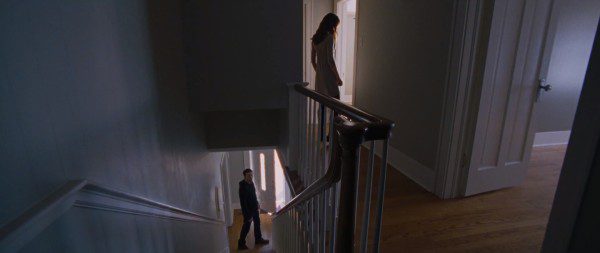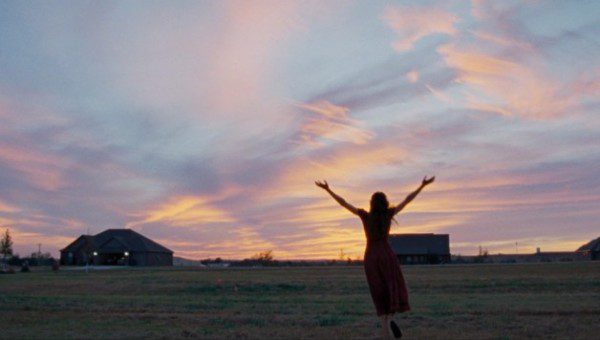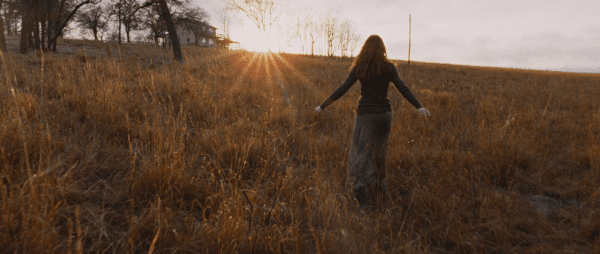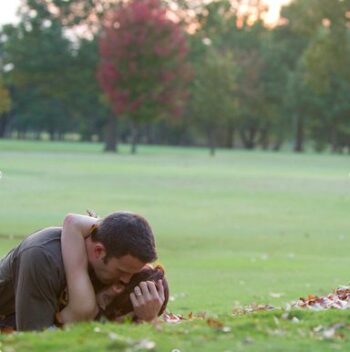
A few weeks ago, I was lying on a king-sized bed in a motel room off the highway in Denton, Texas. The Quality Inn. I was on the way to a wedding of two of my close friends. In the bathroom of my motel room was a cockroach whose head had been removed, its body left intact. I took a picture of myself to send to my boyfriend. Lying on the bed, I could hear bikers holding a party in the rooms across the hall. A guy on a moped delivered the bikers a few pizzas. These were less than small moments that would disappear forever, each holding its stake in the grotesque and the sublime.
I thought about weddings. What does it mean to wed yourself to someone or something? I thought about meeting someone and never wanting to leave them until you die. To feel so compelled that you want to weld yourself to them. I’ve always conflated the words wed and weld, but really what’s the difference? Whether it be a book or a person or a place or a thing, what is that quality that makes us abandon the rest of the options and choose this thing to be our resting place, the thing that owns a piece of our hearts?
Weeks later, after my friends had exchanged rings, and other smaller insects or a hotel maid had removed the roach, and the bikers had drifted off to another motel party, and the pizza delivery guy was counting and sorting his ones, I was in the dark watching Terrence Malick’s new film To The Wonder, thinking it was a thing I could wed myself to. It was a matinee in San Francisco, and I was one of only three people in the theater. I chose a seat far away from them, because I knew this was Malick, and Malick makes me cry.
The film opens with camcorder footage of two people’s love, and a woman’s voice begins narrating. “Newborn. I open my eyes. I melt. Into the eternal night. A spark. You got me out of the darkness. You gathered me up from earth. You’ve brought me back to life.” The part-Biblical, part-half-as-good-Rumi narration continues, and its elevated spiritual reach combines with Malick’s hallmark swaying camera. That camera, commanded by the great Emmanuel Lubezki, creates a dull seasickness in some, and a swelling of emotion in others (me).
The story of To The Wonder is fairly bare-bones. With almost no dialogue, it’s a love story about a couple played by the painfully beautiful Olga Kurylenko and the painfully stoic Ben Affleck. She’s a single mother living in Paris with her daughter, and they move to America (Oklahoma) to be with Affleck. The stark contrast between the European scenes and the American ones pits the Old World against the New World as Malick has done in his other films.
The couple fall in and out of love over and over, like the rest of us. Affleck’s character is noncommittal, while Kurylenko twirls through the film, searching for her freedom. The real meat of the story is in the surprising character of Javier Bardem as a lost and conflicted priest in the Oklahoma town.
Profoundly joyless and searching, he wonders where God has gone. “Everywhere you are present. Still I can’t see you…I have no experience of you.” Bardem’s character continues seeking God, finally finding some solace and meaning in treating the downtrodden. But still he searches, much like Malick himself.
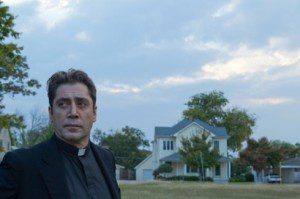 These characters aren’t characters; they’re meant to be archetypes. Stripped of almost all their dialogue, and left only to wander and wonder, they become stand-ins for us. There’s not much more to say about what “happens” in the film, because it’s about the spaces in between, about the rapturous filming of light and the moments we can’t capture through speech and action.
These characters aren’t characters; they’re meant to be archetypes. Stripped of almost all their dialogue, and left only to wander and wonder, they become stand-ins for us. There’s not much more to say about what “happens” in the film, because it’s about the spaces in between, about the rapturous filming of light and the moments we can’t capture through speech and action.
Between Malick’s last film (Tree of Life) and To The Wonder, one has to note the heavy-handed spiritual direction of his films. He’s ramping up his production, from one every twenty years, to one every two, and he’s getting older. By this point, Malick’s style of folding in multiple dancing-in-the-grain shots with sparkling light of the magic hour has become a joke among many critics and filmgoers. People poked fun when he rolled out the dinosaurs in Tree of Life. But what were they really laughing at?
I suppose they’re laughing at the purported cheesiness of his expression. Take the following bit of narration from To The Wonder: “What is this love that loves us? That comes from nowhere. From all around. The sky. You, cloud. You love me too.”
For some, it’s laughable; for others, it’s moving. It takes a certain kind of bravery to be so sincere as to verge on—then fall headfirst into—cheesiness, something critics never dare to do. From the comfortable point of watching art, it is easy to laugh, but who among us has not been moved by the ineffable? Has not seen a cloud and exchanged love with it?
In A. O. Scott’s review (which I enjoyed), he mocks Kurylenko’s incessant twirling: “…the twirling ladies look more commercial than cosmic, as if plucked from advertisements for perfume, high-thread-count sheets or other luxury goods.” He’s right. These supermodelesque actors do verge on the cliches of advertising. But he’s also wrong, because advertising imagery panders to and reflects our highest ideals: that elusive, spiritual, field-twirling joy. Malick’s women are not pandering to those ideals, but rather embodying them, twirling to a different tune, a music brought in on the wind by the gods. Who would mock a whirling dervish? Ultimately, Scott finds To The Wonder a “noble and sincere” effort but also a failure of sorts, writing, “…the fine intentions of To the Wonder pave a road to puzzlement, not awe.” But what is the difference between the two besides the semantic? Is not awe a state of bafflement?
Both atheists and believers alike acknowledge the coexistence of faith and doubt. Both groups understand that grace and magic flicker in and out. How do those of faith reconcile believing in a God who seemingly comes and goes? To whom do nonbelievers ascribe this magic all around, tucked into unexpected corners of life?
Malick seems to be interested in what is outside and underneath and around the framework of our lives. He’s not interested in the stories we tell as much as the moments that cause us to throw our hands up into the air. What large thing is hiding inside the tiny narrative of “born, fall in love, die”? All around us, the world is permeated with possibility and profound gestures of grace and surprise. How do we integrate that magnitude into the tiny story of our lives?
Is it even possible to make a film or novel of artwork that captures all of life? Ask almost any artist, and they’ll tell you they never told the story they wanted to tell. Do we ever fully tell our story, or are we always reaching? In Tree of Life, Malick was trying to do it all, and the failures and successes of that film reveal one thing: his admirable reach. Malick has been trying to tell this story his whole life, and he seems to be getting closer and closer.
I almost never read reviews before I write them, but I’ve heard that almost everyone panned To The Wonder, both critics and filmgoers alike, which made me feel crestfallen and alone. What was I seeing that they were not? Then I remembered that beauty strikes us in different ways at different times. Certain films I loathe I often rewatch in moments when my heart’s a bit more open, and I see them radically differently. Perhaps one has to be prone to a state of wonder when watching Malick’s films.
In the end, it’s the ineffable that seems to move us so. Maybe we’re so intrigued by death because we don’t know what it is. Why is it that we can fall in and out of love and back in again? We have moments of inexplicable synchronicity. Mystery. Miracles abound. And we can never understand them. We are rendered wondrous.
To the Wonder is an ode to that wonder. It’s a film for people who will never tire of watching blades of grass wave against the sun. It’s for those of us who doubt and still strive to have faith in something. It’s for those of us who might still believe in a truth. It’s for those of us who lie in beds in motel rooms on the sides of highways, wondering what it means to want to wed yourself, to weld yourself to something beautiful, forever.

